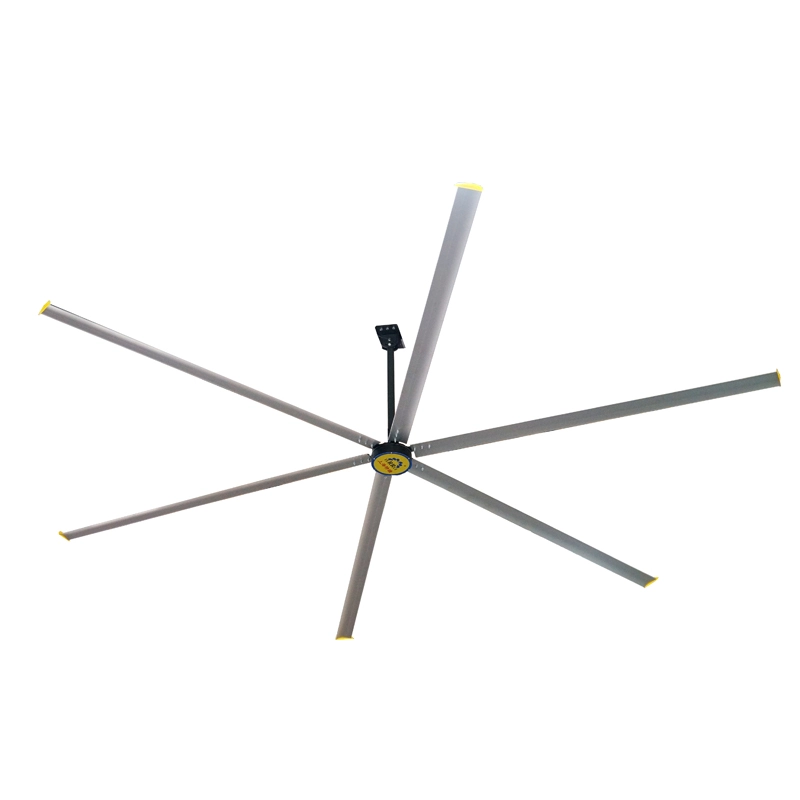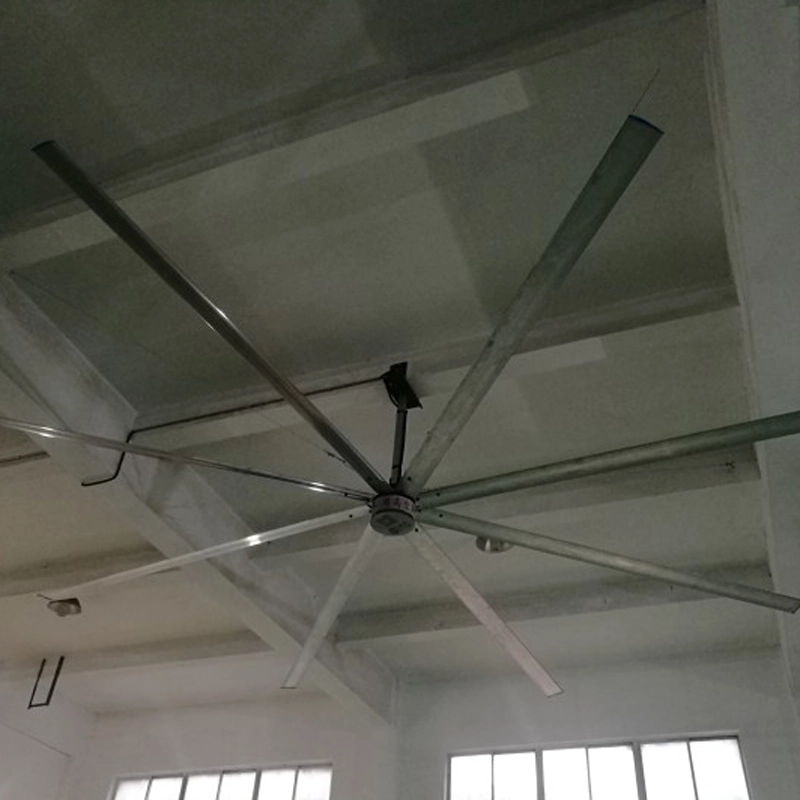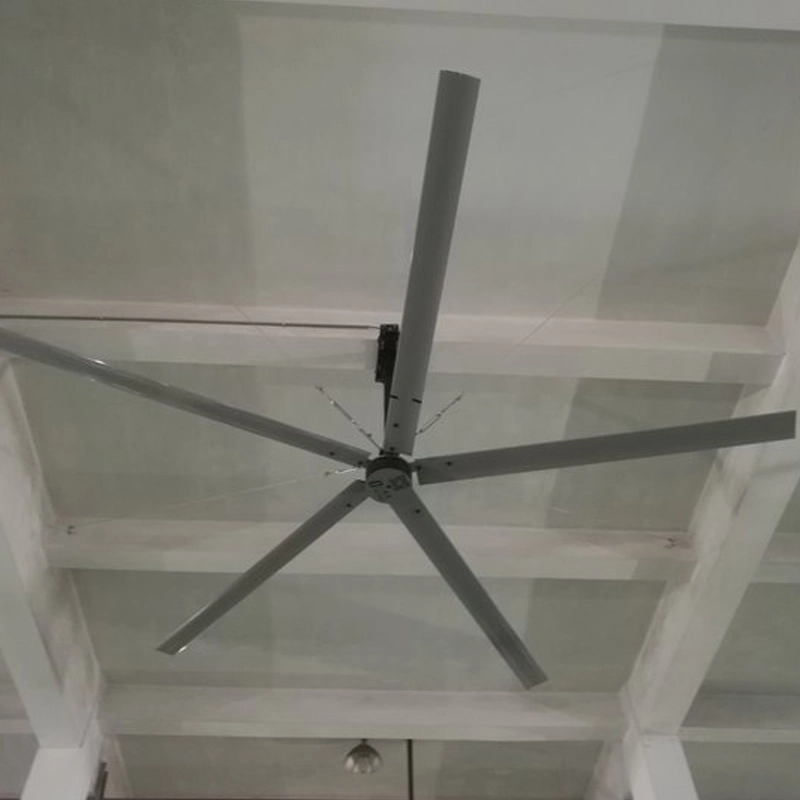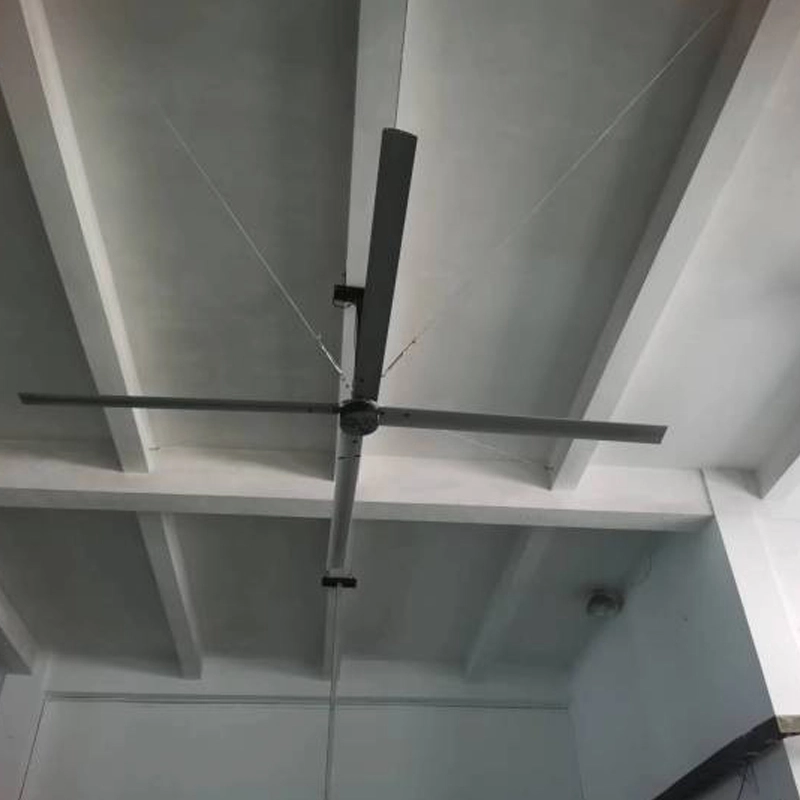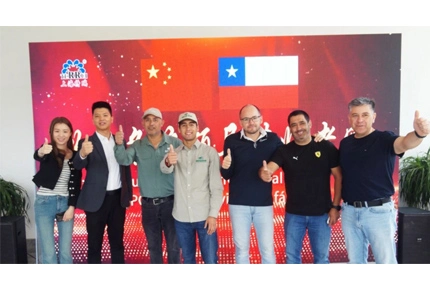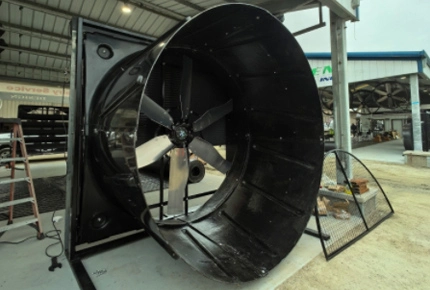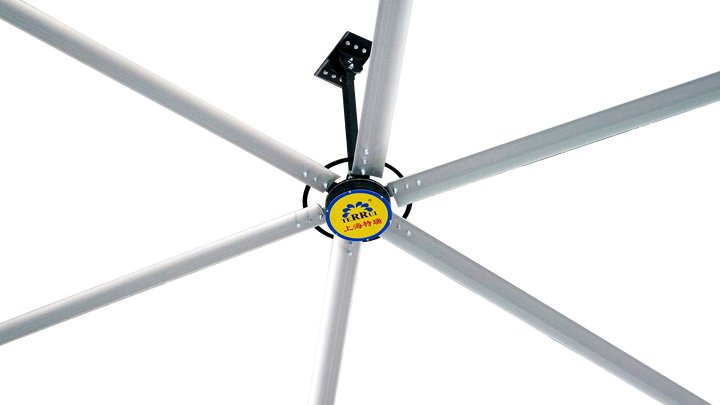Industrial ceiling fans significantly enhance workplace safety by promoting better air circulation and maintaining comfortable temperature levels. In environments prone to accumulating fumes, dust, or other airborne contaminants, these fans help disperse and minimize the presence of such pollutants, reducing health risks for employees. Moreover, by mitigating excessive heat, they prevent heat-related illnesses, ensuring a safer and more productive working environment. Additionally, in spaces where moisture can be a concern, like manufacturing plants or warehouses, the improved air flow from industrial ceiling fans helps keep floors drier, thereby reducing slip and fall hazards, further safeguarding worker well-being.
 English
English  中文
中文 



